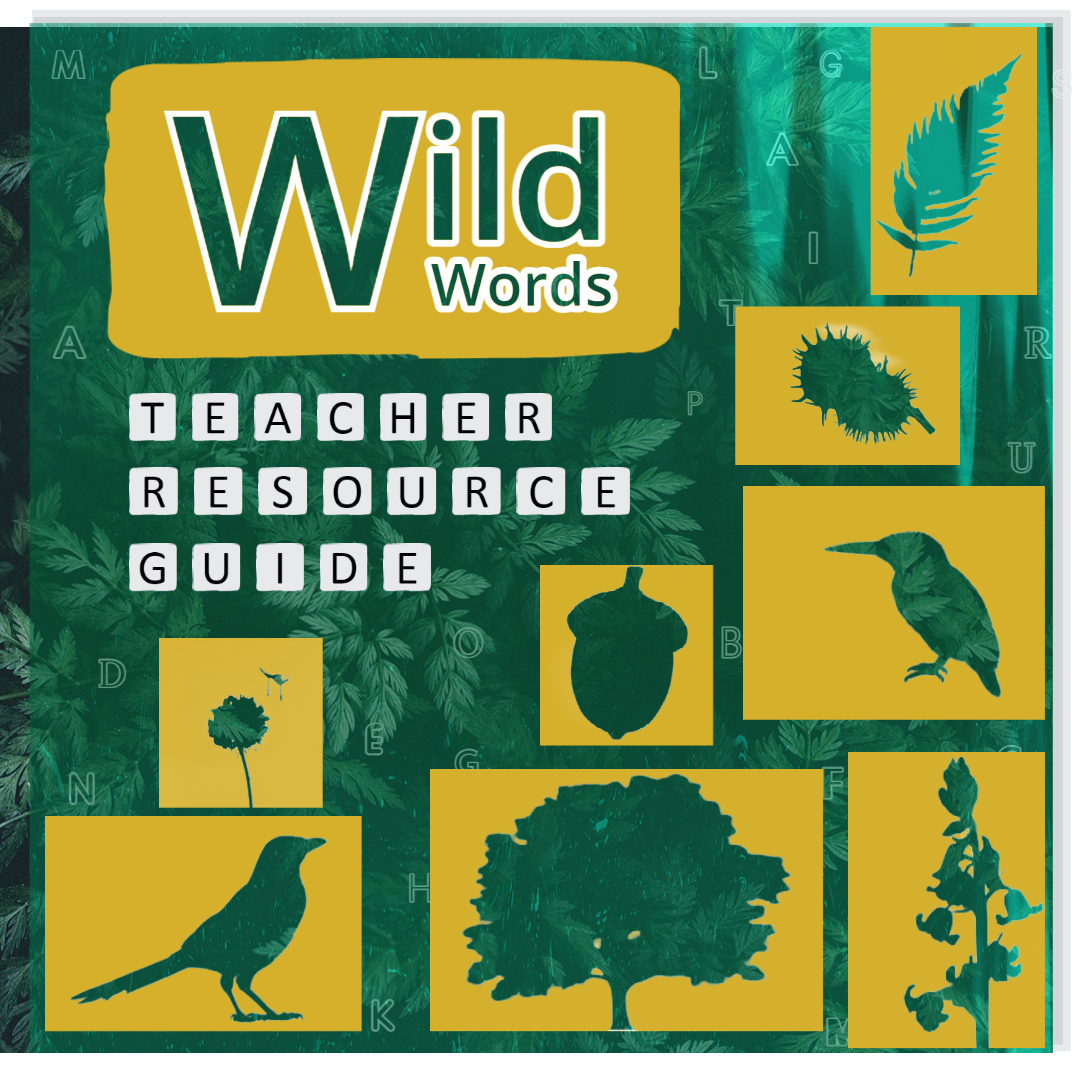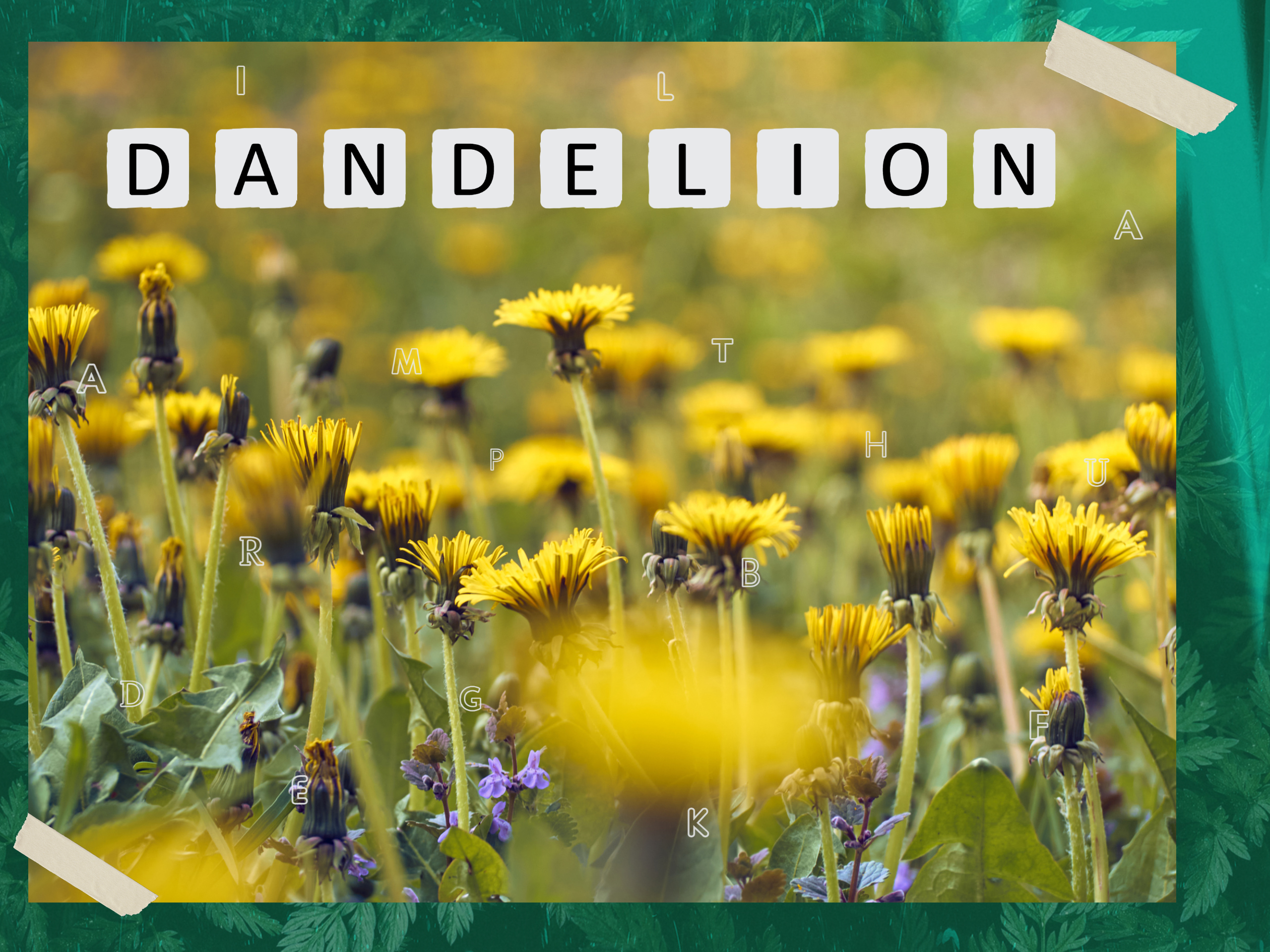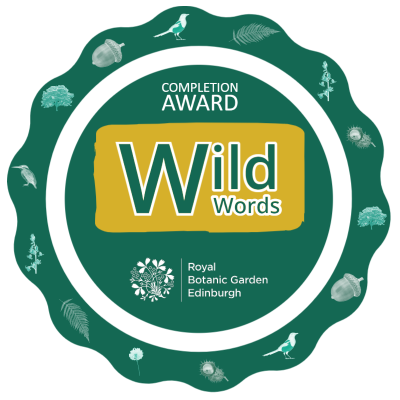Wild Words: Teacher Resource Guide
| Site: | PropaGate Learning |
| Course: | Wild Words - The Poetry of Plants |
| Book: | Wild Words: Teacher Resource Guide |
| Printed by: | Guest user |
| Date: | Tuesday, 16 December 2025, 6:07 AM |
1. Introduction

Chapter 1: Introduction
What's in this teacher guide and how best to use it?

Welcome to the Teacher Resource Guide
This guide is split into three chapters
Select each chapter tab for an overview:Introduction: information and navigation tips about this resource guide and a section to help define what a poem is.
Activities: explore this chapter for suggested activities.
Additional Resources: In this chapter you will find the Wild Words book stamp which will finish your class's Wild Words adventure off in style and we will round things off with some next steps if you would like to keep the plant learning going!
1.1. What is a poem?
Before going out into the wild it's important to be well equipped - so make sure your class is all on the same page about what a poem is.
If you've already joined us for the Wild Words session in the Garden we will have done this with you, but it can be a good exercise to follow-up back in the classroom and see what the children remember and if there's anything else they might now add to the list.
If you are doing this for the first time, create a list of suggestions with the children and then select the hotspots on the image below to add any others to the list. An alternative accessible version is available in Word document format.
2. Activities

Chapter 2: Activities
Explore this chapter for suggested activities
2.1. An Explorer's Guide to The Lost Words
A wonderful accompaniment to our Wild Words session and 'The Lost Words' book is the free guide by Eva John and supported by the John Muir Trust. The guide is filled with activities to do in the classroom and outdoors, so you can explore the inspiration of the natural world further with your pupils.
Select the 'Get your Explorer's Guide' button to open the 'Lost Words' area on the John Muir Trust website and then find 'An Explorer's Guide to the Lost Words':
For more information and resources around 'The Lost Words' we recommend taking a look around the John Muir Trust website (link opens in a new window/tab).
2.2. Dandelion Poems
For this activity let's focus in on dandelions, but this can be done for any wild word!First, let's experience some examples of dandelion poems (all links below open in a new window/tab):
- Dandelion poem from The Lost Words
This poster is the original poem from 'The Lost Words' by Robert MacFarlane and Jackie Morris. Hosted by the John Muir Trust.
- A dandelion song
This is a song about dandelions from the book 'Spell Songs' - the partner to 'The Lost Words'.
- Dandelion poem
This is a poem by Gerda Stevenson at the Scottish Poetry Library.
- Dandelion song
A dandelion song example from Jen's Forest School

How to write your own
- Where does the dandelion live?
- What does it look like?
- Describe the colours, shapes, roots, leaves, flowers and the clocks
- How does it make you feel?
- Will your poem rhyme?
- Will your poem have a special rhythm?
2.3. Bonus Activities
Don't let the wonder and magic stop there... keep exploring with these bonus activities (all links open in a new window/tab):
Get Creative!
- Pupils could create wild art of their plant or an imaginary plant / creature
Literacy and Nature
More please!
Wise Words
- 'The Lost Words' by Robert Macfarlane, Jackie Morris
- 'The Lost Spells' by Robert Macfarlane, Jackie Morris
- 'Celebrating Nature' by Gordon MacLellan
3. Additional Resources

Chapter 3: Additional Resources
Explore the following additional resources and next steps

View the Wild Words completion award (opens in a new tab/window) to mark your students achievement – there is also a printer friendly version included.
An alternative version is available in Word document format.

The End
Thank you for using our Teacher Resource Guide!
Where to next?
- Select the 'Exit book' button at the bottom of this section to return to the Wild Words online area homepage
- Explore our other resources growing in the Teacher Patch
- See what Schools Programmes we are currently offering in the Garden